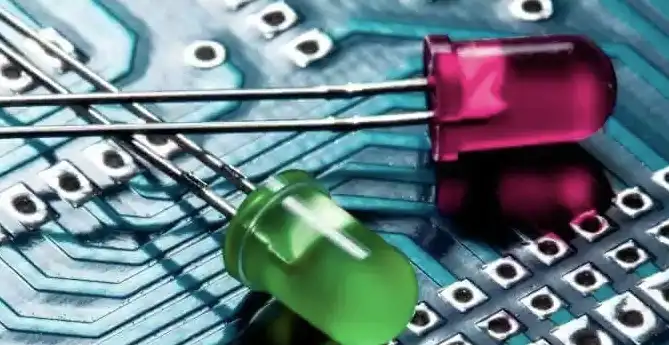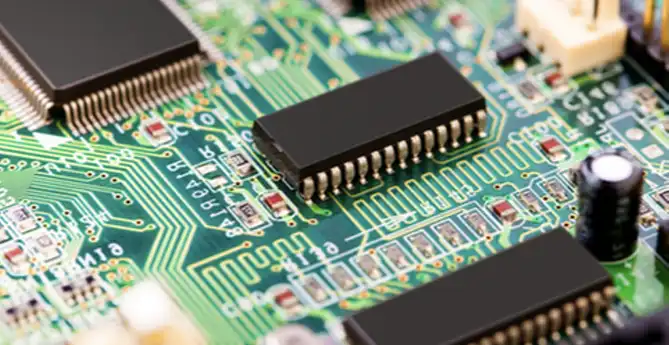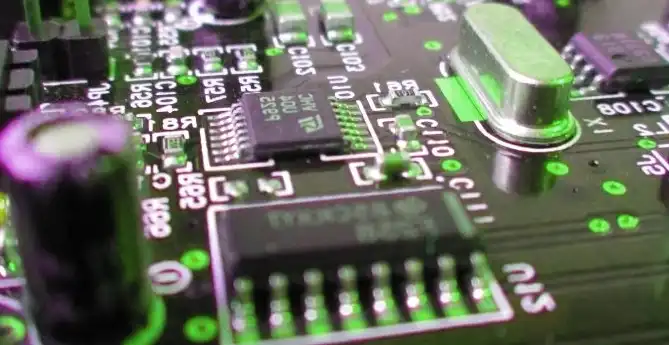In today’s fast-paced technological landscape, finding the right electronic components can be crucial for engineers, hobbyists, and businesses alike.
Whether you’re working on a DIY project or sourcing parts for production, navigating through the vast array of options can be daunting. However, with the right strategies and resources at your disposal, the process can be simplified and efficient.
In this article, we’ll delve into five effective methods to help you find electronic components easily, saving you time and effort.
How to Find Electronic Components?

Finding electronic components can be done through various means depending on your needs and preferences.
Here are several methods you can use:
Online Retailers: Websites like Digi-Key, Mouser, Newark, and SparkFun are popular destinations for purchasing electronic components. They offer a wide range of components and often provide detailed specifications and datasheets.
Marketplaces: Platforms like Amazon, eBay, and AliExpress also offer a vast selection of electronic components. However, be cautious of sellers and ensure that you’re purchasing from reputable sources, especially when it comes to quality and authenticity.
Local Electronics Stores: Many cities have local electronics stores where you can find commonly used components. These stores can be a convenient option for quick purchases and immediate needs.
Specialty Stores: Some stores specialize in specific types of electronic components or cater to niche markets. These stores may offer unique or hard-to-find components that are not readily available elsewhere.
Manufacturer Websites: If you’re looking for components from specific manufacturers, visiting their official websites can be a good option. Many manufacturers provide detailed product information, datasheets, and sometimes even direct purchasing options.
Community Forums and Groups: Online communities like Reddit’s r/AskElectronics or forums like Electronics Point often have members who can recommend suppliers or even sell components directly. These platforms can also be valuable resources for troubleshooting and advice.
Local Electronics Recycling Centers: Sometimes, electronic recycling centers or salvage yards can be treasure troves for finding used components at low prices. While you may need to do some digging, you can often find interesting components for experimentation or prototyping.
Trade Shows and Expos: Electronics trade shows and expos often feature booths from component manufacturers and distributors. Attending these events can provide an opportunity to discover new components, learn about the latest technologies, and network with industry professionals.
When purchasing electronic components, always double-check specifications, compatibility, and quantities before purchasing to ensure they meet your requirements. Additionally, consider factors such as shipping times, costs, and return policies, especially when buying online.
How to Find Equivalent Electronic Components

Finding equivalent electronic components can be essential when a specific component is unavailable, discontinued, or too expensive. Here’s how you can find equivalents:
Datasheets: Start by examining the datasheet of the original component. Look for key specifications such as voltage ratings, current ratings, package type, and functionality. These specifications will guide your search for suitable alternatives.
Manufacturer Cross-Reference Guides: Some component manufacturers provide cross-reference guides on their websites or datasheets. These guides suggest equivalent components from other manufacturers based on similar specifications.
Online Cross-Reference Tools: Various websites offer cross-reference tools where you can input the part number of the original component and find equivalent alternatives. Popular websites for this purpose include Octopart and FindChips.
Parametric Search Engines: Websites like Digi-Key, Mouser, and Newark allow you to search for components based on specific parameters such as voltage, current, package type, and more. Use these parametric search engines to filter and find components that closely match the specifications of the original part.
Forums and Communities: Engage with online forums, community groups, or social media platforms where electronics enthusiasts and professionals discuss component substitutions. You can ask for recommendations based on your specific requirements, and experienced members may suggest suitable equivalents.
Consult with Distributors or Manufacturers: Reach out to component distributors or even the manufacturers themselves for assistance in finding equivalent components. They may have insights or recommendations based on their product catalog and industry knowledge.
Analog IC Databooks and Reference Manuals: Some manufacturers publish analog IC databooks or reference manuals that list equivalent components for various applications. These resources can be valuable for finding replacements, especially for analog integrated circuits.
Experimentation and Testing: In some cases, finding an exact equivalent may not be possible, especially for older or specialized components. In such situations, you may need to experiment with alternative components and perform testing to ensure they meet your requirements.
Remember to thoroughly evaluate any alternative components before integration into your design. Test for compatibility, performance, reliability, and any other factors relevant to your application to ensure the chosen equivalent component functions effectively as a replacement.
How to Find Alternative Electronic Components

Finding alternative electronic components can be necessary when the original component is unavailable, discontinued, or not suitable for your application.
Here’s a guide on how to find alternative electronic components:
Identify Key Specifications: Start by understanding the specifications and requirements of the original component. Note parameters such as voltage ratings, current ratings, package type, dimensions, and functional characteristics.
Datasheet Analysis: Review the datasheet of the original component thoroughly. Identify critical parameters and features that define its functionality. This will help you narrow down the search for suitable alternatives.
Online Component Databases: Utilize online component databases and search engines like Octopart, Findchips, or SiliconExpert. These platforms allow you to search for alternative components based on specific criteria such as part number, specifications, and package type.
Parametric Searches: Many electronics distributors like Digi-Key, Mouser, and Newark offer parametric search tools. Use these tools to filter components based on parameters such as voltage, current, frequency, and more. This helps narrow down the selection to components that closely match your requirements.
Cross-Reference Guides: Some component manufacturers provide cross-reference guides on their websites or datasheets. These guides suggest alternative components from other manufacturers that are similar in specifications and functionality.
Consult Experts and Communities: Engage with online forums, community groups, or social media platforms where electronics enthusiasts and professionals discuss component substitutions. Seek advice from experienced members who may have encountered similar situations and can recommend alternative components.
Evaluate Application Specifics: Consider the specific requirements and constraints of your application. Look for alternative components that not only match the specifications of the original part but also meet any additional requirements such as temperature range, environmental conditions, or compliance standards.
Consider Functional Equivalents: Sometimes, you may not find an exact match for the original component. In such cases, consider alternative components that offer similar functionality or performance, even if they have slightly different specifications.
Sample and Test: Once you’ve identified potential alternative components, obtain samples if possible. Test these components in your application to ensure they meet the required performance, reliability, and compatibility criteria.
Review Cost and Availability: Evaluate the cost and availability of alternative components, taking into account factors such as lead time, minimum order quantity, and long-term availability. Choose components that offer a balance between performance, cost, and availability.